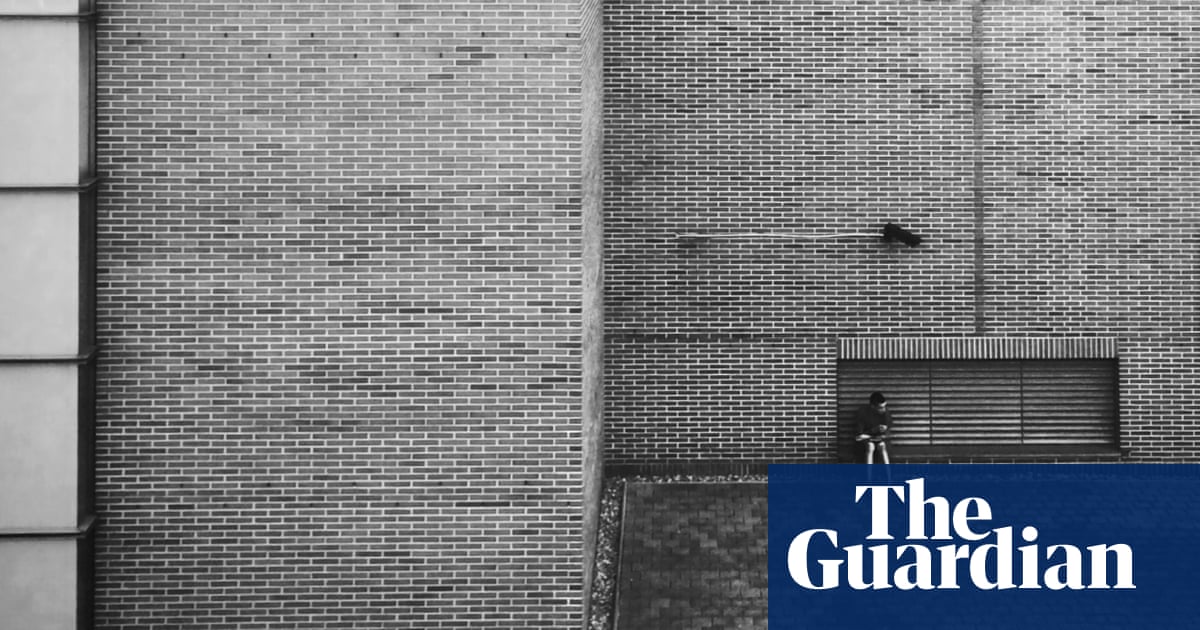
According to Isabela Eseverri, Caracas has a very specific morning soundtrack. Wake early enough in Venezuela’s capital and you’ll hear the transition from crickets to birds, most notably the loud chachalacas. The bark from a neighbourhood dog sets off the rest, then, later, the macaws join in.
“Growing up, you didn’t see them much, but in the last decade their population has grown exponentially,” Eseverri says. “Because they’re an invasive species there are worries that they threaten our local bird population, but the locals adore them and feed them. You’ll be on the freeway and you’ll see 10 of these incredibly colourful birds fly by. It’s in keeping with the Latin American magical realism I love so much.”
Eseverri was staying at her parents’ hillside house for holiday celebrations in November 2021 when she took this photo; everyone was up early to make celebratory hallacas, a traditional dish similar to Mexican tamales. While the coconut tree in their garden usually attracts one or two macaws every few days – they tend to fly in pairs – that morning Eseverri spotted six. She scrambled upstairs with her phone in hand, just as one settled on a palm tree at eye level with her first-floor bedroom window.
“I had seconds to set up my shot, so you could see the whole of Avila mountain in the background and the city below, rather than zooming right in on the palm tree.” A few seconds later a second bird entered the frame, followed by two more close behind. “Five seconds later they were gone,” Eseverri says. “It was serendipity mixed with incredible timing.”












